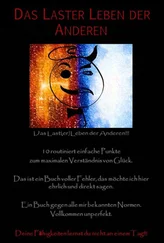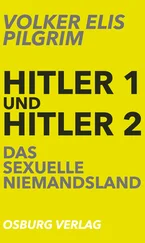On the technical side the development of armored vehicles had continued after the armistice. Initially this focused on wheeled vehicles for internal security purposes. The design capacity to do more remained. The question from the military perspective was how best to work with industry to enhance that capacity and develop state-of-the-art designs without flagrantly violating the terms of Versailles. By the mid-1920s the solution had been worked out, less on paper than by winks, nudges, and gentlemen’s agreements. The Truppenamt would prepare specifications. Interested companies would produce designs and prototypes for study and testing. That process would continue until it somehow became feasible to begin production openly.
The first concept of the Weapons Office in 1925 was cutting-edge: a 16-ton vehicle with a top speed of 25 miles per hour, 14mm of armor overall, and a turret-mounted short 75mm gun. Three firms—Krupp, Rheinmetall, and Daimler-Benz—responded, two with a long history of arms production, the third specializing in motor vehicles. None gave the project high priority; all found it more difficult than expected to transform sketches and figures into a functioning weapons system. The half dozen prototypes available by 1929 were most useful as showcases for developments in automotive technology, engines, and suspension systems, than as practical field designs. Though it took only half the time to develop and present their prototypes, the same could be said for the Truppenamt’s second proposal, submitted in 1928. This was a light tank, seven and a half tons, carrying a turret-mounted 37mm high-velocity gun, slightly faster and carrying a bit less armor than its larger stablemate. As a fig-leaf concession to Versailles, the designs were given the subtle cover names of “large tractors” and “small tractors.”
If the Reichswehr’s theories of armored war owed heavy debt to Britain, its tank designs channeled France in their armament and in the concept behind the paired designs. The heavier vehicles would directly support and cooperate with infantry. The lighter ones would lead attacks and act as tank destroyers. The French reversed the order, but the thinking was similar.
The Reichswehr pursued other avenues as well. With great reluctance, Lutz abandoned his hopes for a Christie-type wheel/track tank as attention shifted to developing armored cars. During and after the war, German designs were characterized by heavy armor and armament but correspondingly poor off-road capacity. In 1927, the Inspectorate of Motor Troops submitted contracts for prototypes—this time to three firms with histories of successful heavy-truck design: Daimler, Buessing, and Magirus. Since the beginnings of industrialized war in the nineteenth century, the Prussian/German army had been reluctant to rely on single suppliers. The results here justified the multiple tenders, providing the technical basis for the eight-wheeled armored cars that would guide and lead the panzers across most of Europe a decade later.
Taking the test models to the field posed a different set of problems. After the war, Germany sold the design of its projected light tank to Sweden, and one of its designers also relocated. The vehicle went into service in a modified form in 1921, and gave enough satisfaction that the Swedish army and government remained open to further cooperation. Economics reinforced technology. In 1920, the major heavy-machinery firm of Landsverk was on the edge of bankruptcy. Working through a Netherlands company, the German company Gutehoffnungshütte Aktenverein purchased half the stock, and by 1925 owned more than 60 percent of it. Landsverk continued to turn out trucks and tractors, and railroad and harbor equipment. It also developed a sideline: producing armored vehicles. German engineers, technicians, and designs played significant roles in the process, and some of the resulting vehicles were eventually exported as far afield as Ireland. Despite regular low-level exchanges of personnel and concepts, however, as far as the Reichswehr was concerned, Sweden’s society was too open for much more than the military tourism that in 1929 allowed Guderian, as the guest of a Swedish armor battalion, to actually drive a tank for the first time.
Looking eastward suggested better prospects since, due to the Treaty of Rapallo in 1922, Weimar Germany and Soviet Russia had frequently made common cause, brought together by their shared status as outlaw states. For German soldiers the vast, impenetrable Soviet Union offered opportunities to circumvent Versailles in relative obscurity. Their Russian counterparts saw Germany as a source of technical modernization. Preliminary planning for military cooperation began in 1920, expanded after a secret clause of Rapallo allowed Germans to train in Russia, and culminated in 1939 with an agreement to establish schools for chemical, aircraft, and armor development.
The tank school at Kazan, on the lower Volga, was considered sufficiently important by the German government to pay its expenses, with the Soviets responsible for on-site maintenance. From its beginnings in 1927, however, the school suffered from conflicting expectations. Stalin hoped to use German expertise to develop the USSR’s tank and tractor industries. The Germans were at best conflicted about facilitating the creation of a high-tech army in a Bolshevik state. The tank models the Reichswehr had promised remained stuck on the drawing boards. Germany’s political opposition, especially the Social Democrats, consistently probed and challenged the Soviet connection. The Soviets, suspicious in principle of any capitalist state, found it difficult to believe the technical and political difficulties could not be resolved by making a few judicious examples. When they showed how that could be done in the Shakhty Trials of engineers accused of “wrecking” the Soviet economy, the German government temporarily drew back in the face of what it regarded as a provocation.
At the Reichswehr’s urging, the project was resumed. Things went slightly better on the ground, even though the Russian share of the enterprise was under not the Ministry of Defense, as might be expected, but the NKVD, the police force of the Soviet Union. Actual training did not begin until 1929. Soviet ideologues and Russian patriots argued that a revolutionary republic had little to learn from foreign aristocrats. German professionals tended to dismiss the Russians as retrograde. Most of the training was done on the models and variants of “tractors” shipped by twos and threes into the USSR. The Russians did provide thirty of their own tanks, and when the British allowed arms sales to the USSR, some of their improved mediums were added to a mix large enough for battalion-scale exercises. The Russians, in the process of developing their own armored doctrines, were more concerned with the technical side, pressing for a level of cooperation that would include manufacturing German tanks under German supervision in Soviet factories. That prospect was too ambitious for a Reichswehr reasonably content with a status quo that enabled selected officers to observe Russian maneuvers and inspect Russian tank units, allowed others to take and teach the courses, and not least gave firms actually or potentially involved in armored vehicles design and manufacture to expose engineers and administrators to the Kazan experience. Eventually, fifty-odd officers participated as students and instructors in the Kazan programs. They gave the Reichswehr a core of men with hands-on experience that proved disproportionately valuable in the 1930s.
Kazan’s actual curriculum does not seem particularly innovative compared with the soaring visions of the Truppenamt that reflected a continued—arguably a developing—debate over just what came next. As interest in mechanization developed, officers from other branches, or with broader perspectives, diluted the initial intensity. A 1929 article in MW , for example, used the 1917 Battle of Cambrai as a springboard to describe modern tanks as having three missions: cooperating with infantry in the initial breakthrough, overrunning enemy artillery before it could react, and then completing an operational breakthrough. The author recommended using as many as five waves of armor, including reserves. A Guide to Leadership and Battle , published by a Reichswehr major in 1929, spoke of tanks and other forbidden fruits, aircraft and heavy artillery, as army- level tools to tip the balance at the decisive point. Cavalry divisions were described as combinations of horse, cyclist, and motorized elements supported by armored cars and, when necessary, by tanks as well.
Читать дальше
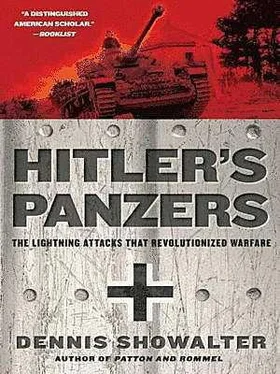
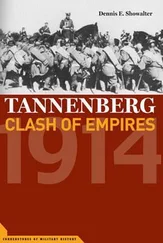
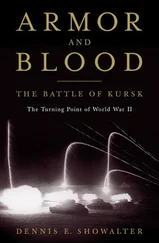

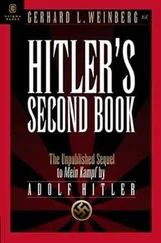


![Traudl Junge - Hitler's Last Secretary - A Firsthand Account of Life with Hitler [aka Until the Final Hour]](/books/416681/traudl-junge-hitler-s-last-secretary-a-firsthand-thumb.webp)
